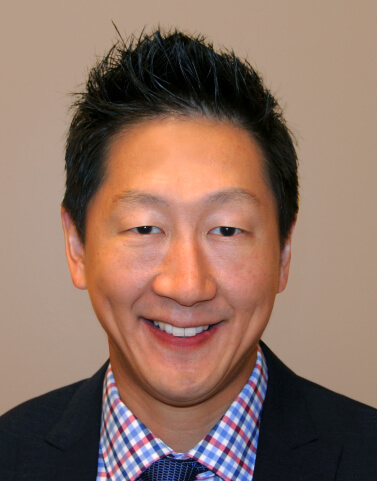Have you had a Blepharoplasty earlier that left you with disappointing results? When the surgery doesn't meet expectations, patients can experience both aesthetic and functional problems. These issues can negatively impact your confidence, daily life, and even your vision. The good news is that skilled revision surgery can restore both the appearance and function of your eyelids, providing the outcomes you initially desired.
Dr. Philip Young at Aesthetic Facial Plastic Surgery specializes in correcting complications from prior eyelid surgeries. With his award-winning Theory on Facial Beauty and extensive experience in revision procedures, Dr. Young understands the unique challenges of secondary blepharoplasty and offers personalized solutions for each patient's specific concerns.
Blepharoplasty revision is a corrective procedure performed after an initial eyelid surgery did not yield the desired results. It may be done to address functional concerns such as impaired vision or cosmetic issues like residual puffiness, hollowness, or scarring.
Unlike a primary eyelid surgery, revision blepharoplasty requires advanced surgical skill, as the tissues have already been altered. Dr. Young carefully evaluates the skin, muscle, and fat around the eyelids before creating a custom plan to improve both symmetry and natural contour.

Patients often choose revision blepharoplasty because of:
At Aesthetic Facial Plastic Surgery, each case is approached with precision and compassion, ensuring that the patient’s concerns are thoroughly addressed.
Dr. Philip Young combines years of surgical expertise with a deep understanding of facial aesthetics. During consultation, he reviews past medical records, surgical history, and the current eyelid condition. By tailoring each surgical plan to the patient’s unique anatomy and goals, Dr. Young can correct previous outcomes and restore confidence.

Revision blepharoplasty may involve:
Every revision surgery is performed with a focus on natural results that complement the patient’s facial features.
“My goal was to find a method to bring back a person’s natural youthfulness without the operated, unnatural look and that is why I have my patients bring in photos of them when they were age 5 to 30. My YoungVitalizer helps restore natural and youthful contours they haven’t seen in years.”
—Dr. Philip Young, Seattle Facial Plastic Surgeon




Healing after revision blepharoplasty varies depending on the extent of correction. In general:
Patients are provided with detailed postoperative instructions, and Dr. Young closely monitors their progress to ensure optimal recovery.
The cost of Blepharoplasty Revision varies depending on the complexity of the procedure and the individual needs of each patient. Revision cases often require more time and expertise than primary surgeries. At Aesthetic Facial Plastic Surgery, PLLC, patients receive a detailed cost estimate during consultation, along with information about financing options to make treatment more accessible.
If you are dissatisfied with the results of a previous eyelid surgery, revision blepharoplasty may provide the solution. At Aesthetic Facial Body Plastic Surgery, Dr. Philip Young offers advanced expertise in corrective eyelid procedures to help patients achieve natural, balanced, and lasting results.
Contact Aesthetic Facial Plastic Surgery, PLLC today to schedule a consultation and learn more about blepharoplasty revision with Dr. Philip Young.
Yes. Blepharoplasty can be revised to improve cosmetic results or restore eyelid function when the first surgery did not meet expectations.
Yes. Upper eyelid surgery can be repeated, although revision requires advanced surgical skill to ensure natural and safe results.
Most surgeons recommend waiting at least 6 months to 1 year before undergoing revision surgery. This allows tissues to fully heal and results from the first procedure to stabilize.
Persistent hooding may occur if too little skin or fat was removed during the first surgery, or if swelling and scar tissue affected the outcome. Revision surgery can correct this.
Overcorrection happens when too much skin, muscle, or fat is removed, leading to hollowed or tight eyelids. Revision surgery can restore balance by repositioning tissue or adding volume.
If excess skin is removed, the eyelids may not close properly. This can cause dryness or discomfort. Revision surgery may involve grafting or repositioning tissue to restore eyelid function.
